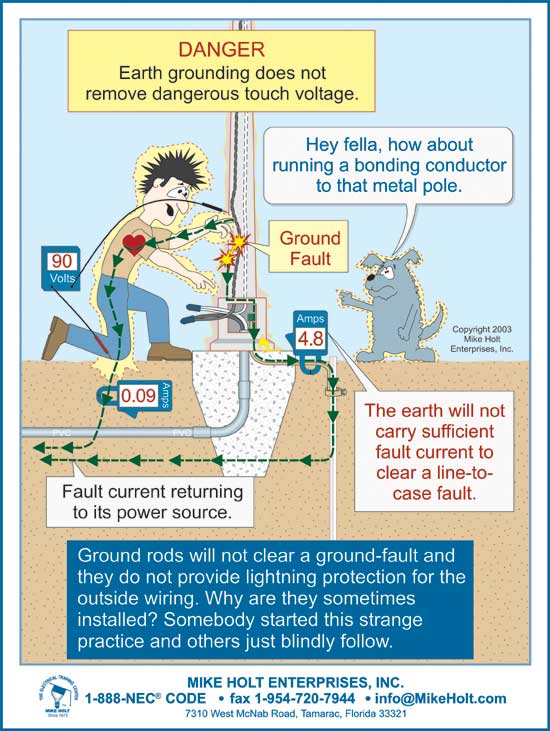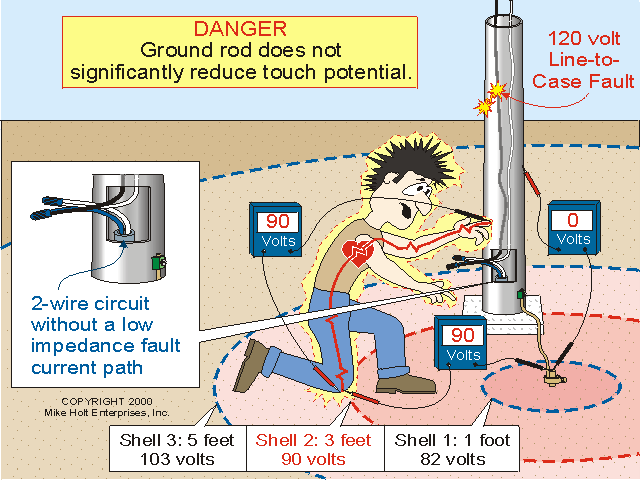shannonave
Member
- Location
- Melbourne, FL
I am not an electrician but my job is inspection of Lightning Protection systems including earthing. I always look to see if there is a N-G bond and especially to ensure that there is one one. I find tha tthe meter base provides for a N-G bond. When this is done, I "assume" this is the only one allowed - but - then the earth and neutral should be seperately extended to the disconenct from the meter base and onto the distribution panel. If there is no meter base, the N-G bond should be in the disconnect.



